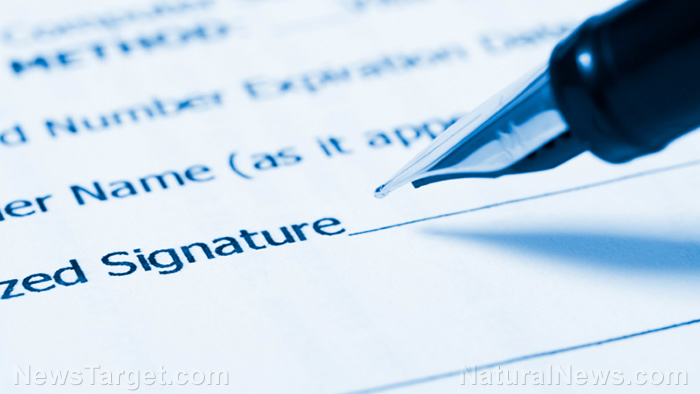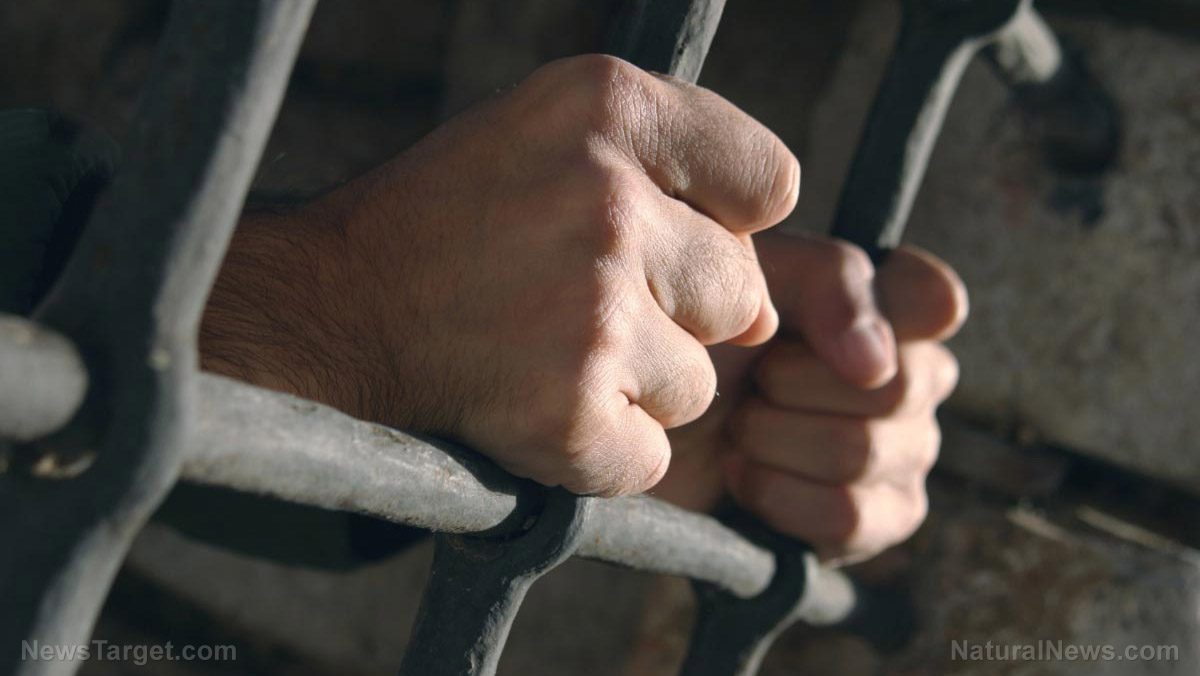Hong Kong hospital workers go on strike to demand closure of border with China
02/04/2020 / By Ethan Huff

Hospital Authority (H.A.), a hospital workers union in Hong Kong, has called for a strike over the Hong Kong government’s failure to close its border with China in response to the global coronavirus pandemic.
On February 3, H.A. issued five demands to the Hong Kong government, including that it ban the entry of all travelers from China; provide adequate isolation wards for coronavirus; and suspend all non-emergency hospital services, effective immediately.
Created in December of last year, H.A. boasts 18,000 members, which include doctors, nurses and other hospital workers. It overwhelmingly voted 3,123 to 10 on Feb. 1 during its general meeting to go on strike with the hope that the Hong Kong government will meet its five demands.
According to HK01, a Hong Kong media source, the strike began on Feb. 3 and will continue for five days, with those striking already taking to the streets with protest signs. Hospital workers were also reportedly lining up by the hundreds outside hospitals to sign their names in support of the strike.
Lai Ching-lung, a professor of gastroenterology at The University of Hong Kong, was one such striker who stood outside of Queen Mary Hospital to express his support for closing Hong Kong’s border with China as a reasonable protective measure against coronavirus.
As of this writing, Hong Kong has 14 known cases of coronavirus, while globally there are now more than 20,000 confirmed infections and 426 confirmed deaths.
“If there is no full border closure, there won’t be enough manpower, protective equipment, or isolation rooms to combat the outbreak,” warns Winnie Yu, chairwoman of H.A., about why the Hong Kong government needs to act swiftly to meet the union’s demands.
Hospital Authority says at least HALF of its members will strike beginning Feb. 4 if Hong Kong government refuses to act
Of H.A.’s roughly 18,000 members, about 3,000 were expected to participate in the first phase of the strike. These include roughly 1,000 nurses, 1,000 full-time medical staff, and about 300 doctors, with the remaining number representing other hospital faculty.
The strike announcement came about after H.A. had previously tried to meet with Hong Kong leader Carrie Lam, only to have Lam not show up to the scheduled discussion. H.A. responded by giving the Hong Kong government until 6 p.m. local time on Feb. 3 to make things right, otherwise the next phase of the strike, to begin on Feb. 4, would be initiated, tripling the number of strikers to about 9,000.
At this time, Hong Kong has shuttered 14 of Hong Kong’s border crossings with China. But the rest still remain open at the direction of Lam, who on Jan. 31 rejected the idea of completely closing all of Hong Kong’s border crossings with China.
Lam claimed during a press conference on that date that closing all travel between Hong Kong and China “contradicts the W.H.O. (World Health Organization) suggestion.” However, it was the W.H.O. itself that, the day before, publicly declared coronavirus to be a global health emergency.
“Wouldn’t be surprised if the Chinese regime is actually trying to capitalize from this outbreak by infecting the people of Hong Kong,” wrote one commenter at The Epoch Times, linking the previous Hong Kong protests against the communist Chinese regime to a possible backlash in the form of biowarfare.
“Easier to replace them later with pro-CCP (Communist Party of China) supporters. Beijing did want to relocate infected persons from China to vacant locations in Hong Kong, that is, until people started protesting. It also refused Taiwan’s request to evacuate Taiwanese citizens. Will probably send them back after they’re confirmed to be infected.”
For more related news about coronavirus, be sure to check out Pandemic.news and Outbreak.news.
Sources for this article include:
Tagged Under: border, China, closure, coronavirus, global emergency, Hong Kong, Hospital Authority, hospital workers, Open Borders, outbreak, pandemic, strike, union, Wuhan
RECENT NEWS & ARTICLES
Pandemic.News is a fact-based public education website published by Pandemic News Features, LLC.
All content copyright © 2018 by Pandemic News Features, LLC.
Contact Us with Tips or Corrections
All trademarks, registered trademarks and servicemarks mentioned on this site are the property of their respective owners.





















